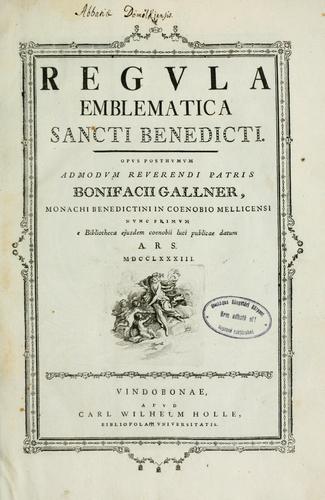Il pudore: velo del sacro
DOI:
https://doi.org/10.13135/2038-6788/8859Parole chiave:
Dio, Persona, Pudore, Rispetto, Vergine MariaAbstract
When speaking of modesty, one commonly thinks of a quality that regards sexuality. In truth, it regards the whole person in his or her integral physical and spiritual unity. One could say that modesty is a sign of God’s presence in the creature, a veil that hides and, at the same time, reveals the ineffable reality of God. Modesty belongs, therefore, to the realm of the sacred and should not be confused with shame, which is related to sin (see Gen.: 3).
Human beings carry within themselves a hidden treasure to which one owes the utmost respect. It is precisely modesty lived in interpersonal relationships that enables one to approach the other, recognizing the other’s uniqueness and inviolability. This should occur even in marriage. Lived, then, in reference to one’s own person, modesty is the reservedness that prevents superficiality, loves interiority, and maintains pain, be it physical, moral or spiritual, in its virgin state.
The Bible presents us with various icons of modesty, but the incomparable icon of modesty is the Virgin Mary, because everything that occurs to her is wrapped in humility and silence, seen only by the eyes of God. In a certain sense, one could also say that there is a most sacred modesty in God himself, in his revelation to humankind in Jesus Christ, hidden in human flesh, to the point of being disfigured in the death on the Cross. And as the joy of the resurrection is released from the Cross, likewise, the veil of modesty will be torn at the hour of death, when we will see God unveiled and ourselves in Him.


